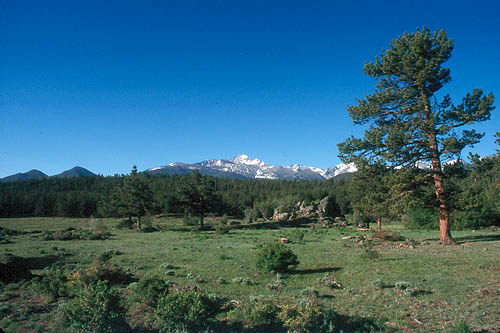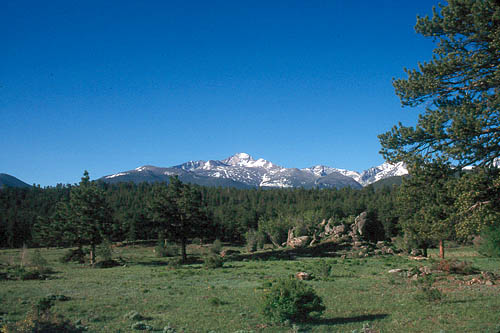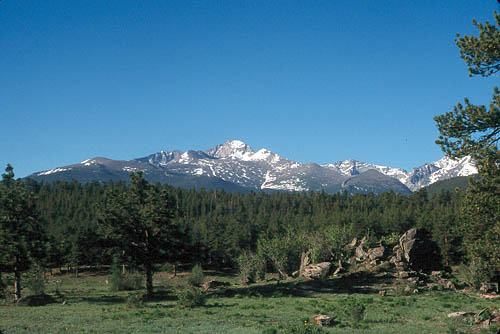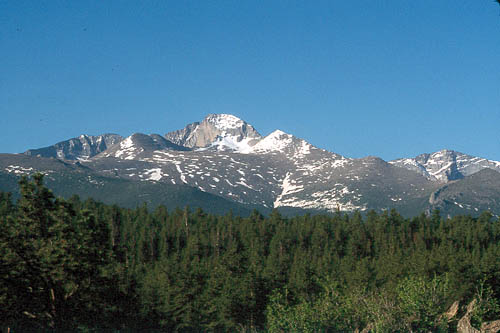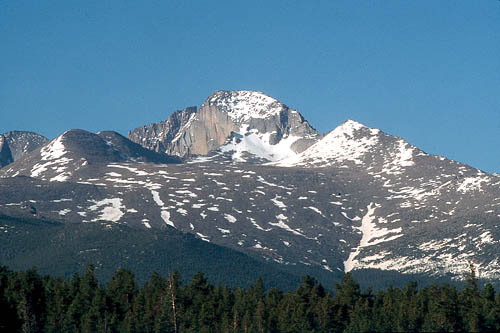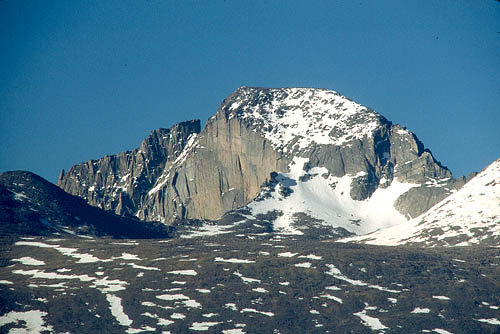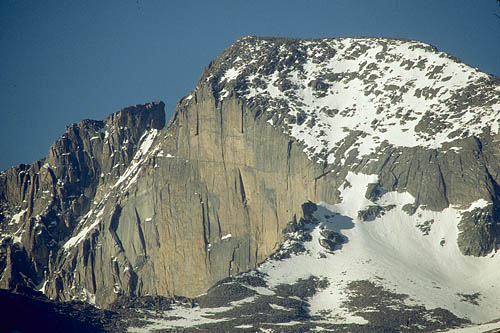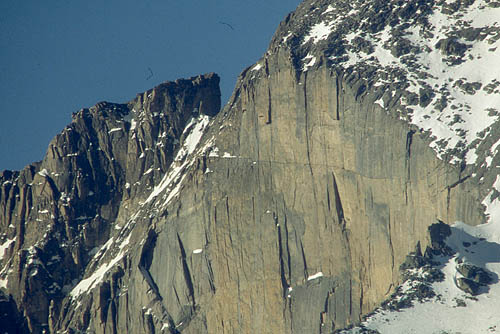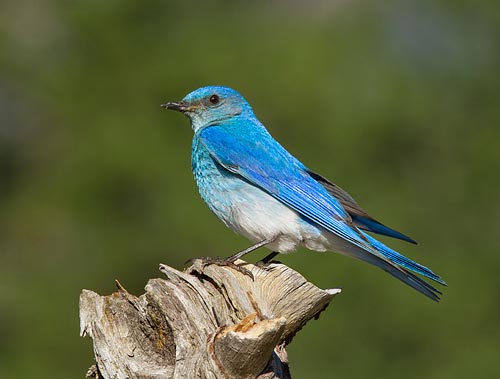Very simply, it is the distance from the lens to the film,
when focused on a subject at infinity.
In other words, focal length equals image distance for a far subject.
To focus on something closer than infinity, the lens is moved farther away
from the film.
This is why most lenses get longer when you turn the focusing ring.
The distances follow this formula:
This means a 400mm lens should be 400mm long. If you get out your ruler and
measure it, you will find it is less than 400mm. That is because a camera lens
really has many individual glass lenses inside, and this makes it behave as
if it is longer than it really is. This is called "telephoto."
F-stop is the focal length divided by the diameter of the lens.
For example, a 200mm f/4 lens will be 50mm wide.
Get out your ruler and measure it. 200mm/50mm = f/4.
That is why f-stop is typically written as f/4,
meaning "focal-length over 4" or "focal-length divided by four".
Lenses are marked with a series of f-stops, each one lets in half as much light as the previous one.
The light-gathering ability of a lens is determined by its area, and f-stops
are determined by diameter. Area is related to diameter squared.
The progression of f-stops, 1 - 1.4 - 2 - 2.8 - 4 - 5.6 - 8 - 11 - 16 - 22 - 32,
are powers of the square root of 2.
For a further explanation of f-stops, try this.
Nature photography requires an assortment of lenses depending on the subject.
Typically normal to wide angle lenses are used for landscape photos and very long telephotos are used for wildlife.
These eight photos were taken from the same place with different lenses.
The subject is Longs Peak from Upper Beaver Meadows in Rocky Mountain National Park.
As you can see, even a huge 800mm lens at the relatively close
distance of 20 feet doesn't give the huge magnification you might expect.
The field of view is about ten inches.
It takes a big lens to photograph a small bird.




